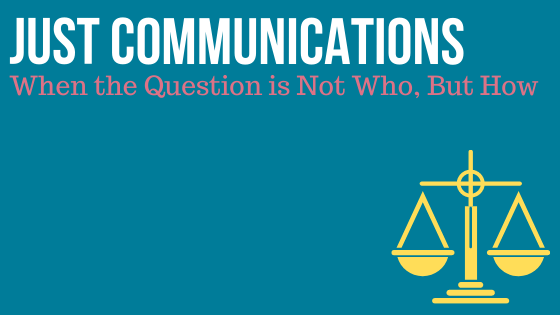Today’s blog is written by guest blogger Tiffany Roy, ForensicAid, LLC. Reposted from The ISHI Report with permission.
Forensic DNA analysis in the US has undergone some significant changes in the last few years. As laboratories move toward probabilistic analysis using the likelihood ratio, analysts and lawyers are grappling with a new mathematical framework in court. Where we used to assign weight to DNA profiles using frequentist probabilities, we now construct ratios of probabilities using Bayes Theorem. The language being used to describe forensic DNA results in courtroom testimony using these new tools is very different from ways analysts have described their results in the past.
Under the new framework, DNA results are evaluated given opposing propositions. One proposition is intended to represent prosecution and defense allegations in a criminal trial. In 1998, Evett et al first described a hierarchy for propositions, initially describing three levels. Since then, the hierarchy has been expanded to describe five different levels. The first few levels describe an examination of evidence given source level propositions. Historically, DNA results in the United States addressed this level of the hierarchy: Whose DNA is present on the evidence?
The next level of the hierarchy deals with evaluating findings given proposed activities. When the information the court needs isn’t about whose DNA might be on the item, but rather how the DNA came to be there, an evaluation of propositions on the activity level may be most appropriate. Because US Laboratories are just familiarizing themselves with Bayesian models, it is not yet standard practice to perform evaluations of evidence given proposed activities. In court, however, it is common for lawyers to ask hypothetical questions regarding activities that may have given rise to a DNA profile on an evidence item.
Answering questions about how DNA may have gotten on an item can be a tricky spot for a few reasons. First, stating that all proposed activities are “possible” may not be helpful to the court and not all proposed activities may be equally likely.
Second, in true activity level evaluations, the analyst never comments on the likelihood of the activities. How DNA came to be found on an item of evidence is most often unknown and unknowable for the analyst. While an evaluation of evidence given proposed activities may be possible, commenting on the likelihood of the activities themselves is an example of the prosecutor’s fallacy, the transposed conditional.
Third, evaluations of findings given proposed activities require complex analysis of concepts of DNA TPPR: transfer, persistence, prevalence, and recovery. In forensic DNA, it is recognized that a laboratory should have a procedure for this analysis, that it should be technically reviewed and that it should be contained in a written report. The benchmark of reliable forensic science is that it falls under the umbrella of a robust quality assurance program, within the scope of accreditation. If a laboratory doesn’t have a procedure for performing these analyses and they’re not contained in a written report, they are not within the scope of quality assurance. If an opinion isn’t reflected in the report, it hasn’t been subject to technical review.
So, what should an analyst do if they find themselves on the witness stand being faced with questions about activity? If no activity level evaluations were performed, just say that. It is improper to speculate about results from DNA samples we didn’t test. This concept also applies to evaluations on other levels of the hierarchy. Make clear to the court that the opinions contained in your report and expressed on the witness stand pertain only to evaluations of evidence given who might be a contributor. Consider including a statement in the written report as well as on the witness stand that the likelihood ratio only applies to opinions about whose DNA may be present and does not address questions of how the DNA got there. This is the best way to ensure your opinions are being clearly and accurate described when it counts the most.
Tiffany will be presenting the Implementation of Information Management Tools in DNA Casework Workshop at ISHI this November. This workshop will introduce practical tools for practitioners to implement information management procedures using the Linear Sequential Unmasking-Expanded approach. The workshop will begin with a background presentation on key concepts in human factors and the importance of information management in forensic casework. The introduction is followed by group activities on the general human factors concepts. Once the general concepts have been covered, presenters will cover concepts specific to linear sequential unmasking and linear sequential unmasking-expanded and other impact mitigation techniques for cognitive bias in forensics. A practical tool for implementation of LSU/LSU-E will be provided and the participants will be divided into groups. Each group will work through examples using the worksheet to classify different types of information/communications which could be encountered in casework. The groups will practice documenting and categorizing information based on biasing potential, subjectivity, and task relevance. Participants are encouraged to bring examples of communications or information received in their past casework or communication logs from closed cases to practice with the worksheet. Following the practical exercises, there will be a discussion to compare and contrast how the participants classified each piece of information and and time for any questions that may have come up.
WOULD YOU LIKE TO SEE MORE ARTICLES LIKE THIS? SUBSCRIBE TO THE ISHI BLOG BELOW!
SUBSCRIBE NOW!


